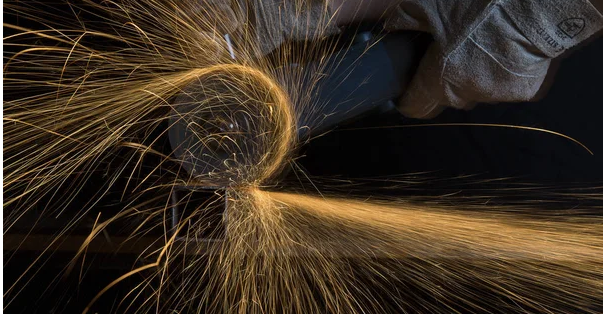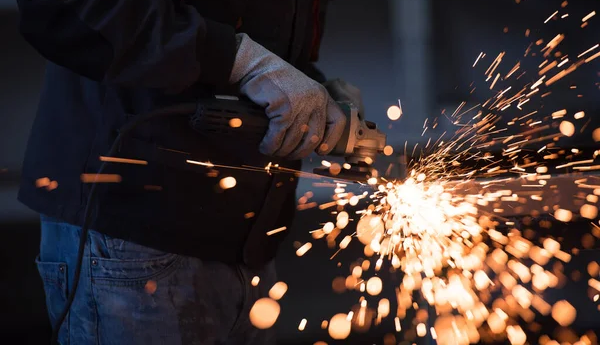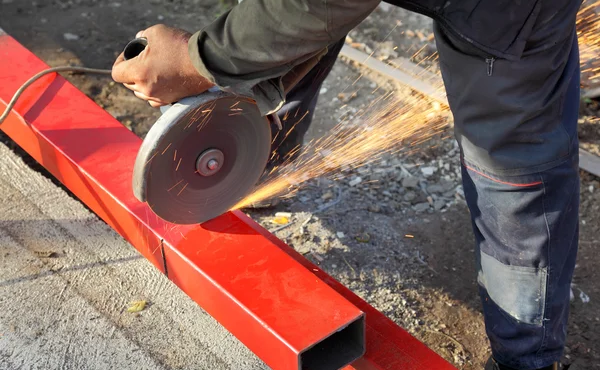Steel square tubes are a popular choice in construction and fabrication projects due to their strength, durability, and versatility. However, when it comes to modifying these tubes to fit specific requirements, cutting them to size becomes necessary. One of the most efficient tools for this task is an angle grinder. In this article, we will provide you with a step-by-step guide on how to cut steel square tubes using an angle grinder, ensuring accuracy and safety throughout the process.
How to Cut Steel Square Tube with an Angle Grinder?
Step 1: Safety Precautions:
Before you start cutting, it’s crucial to prioritize safety. Make sure you have the following protective gear on hand:
- Safety goggles to protect your eyes from sparks and debris.
- A dust mask or respirator to prevent inhalation of metal particles.
- Heavy-duty work gloves to safeguard your hands.
- Earplugs or earmuffs to protect your hearing from the grinder’s noise.
Step 2: Gather Your Materials:
To effectively cut a steel square tube, you will need the following materials:
- Angle grinder with a metal cutting disc:Choose a grinder with a high-powered motor and a cutting disc specifically designed for cutting metal.
- Clamps or vise grips:These will secure the square tube in place during cutting.
- Measuring tape or ruler:Used to mark the desired cutting length accurately.
- Marker or scribe: To mark the cutting line on the square tube.
- Workbench or sturdy surface:Provides stability and support during cutting.
Step 3: Secure the Steel Square Tube:
Place the steel square tube on a workbench or a sturdy surface, ensuring it is secure and immobile. Use clamps or vise grips to hold the tube firmly in place. This step is crucial for maintaining stability and accuracy during the cutting process.
Step 4: Mark the Cutting Line:
Using a measuring tape or ruler, measure the desired length on the square tube and mark it with a marker or scribe. Make sure the line is clearly visible and runs straight along the tube’s surface. Double-check your measurements to avoid any errors.
Step 5: Prepare the Angle Grinder:
Attach a metal cutting disc to angle grinder. Make sure the grinder is switched off and unplugged before attaching or removing any accessories. Follow the cutting disc manufacturer‘s instructions for securely mounting the cutting disc. Ensure the cutting disc is appropriate for cutting metal and in good condition.
Step 6: Position Yourself Correctly:
Stand in a comfortable and balanced position, with a firm grip on the grinder’s handle. Ensure you have a clear line of sight to the cutting area and that you are not obstructed by any objects or debris.
Step 7: Start Cutting:
Switch on the angle grinder and allow the cutting disc to reach its maximum speed before making contact with the steel square tube. Slowly lower the cutting disc onto the marked cutting line. Apply gentle and even pressure to the grinder, allowing the tool to do the work. Avoid exerting excessive force, as it can cause the cutting disc to overheat or become dull.
Step 8: Cutting Technique:
To ensure a smooth and accurate cut, keep the angle grinder steady and move it along the cutting line at a consistent pace. Use both hands to maintain control and stability. Allow the cutting disc to make progress gradually, without forcing it or applying excessive sideways pressure. This technique helps prevent the cutting disc from binding or snagging.
Step 9: Cooling Intervals:
During the cutting process, the cutting disc may become hot due to friction. To prevent overheating, it is advisable to take short breaks to allow the disc to cool down. This step also gives you an opportunity to check the progress of the cut and make any necessary adjustments.
Step 10: Finalizing the Cut:
Continue cutting along the marked line until you reach the desired length. As you approach the end of the cut, exercise caution to avoid any accidents. Slow down the cutting speed and ensure your hands are clear of the cut line. Switch off the angle grinder once the cut is complete.
Step 11: Removing Sharp Edges:
After cutting the steel square tube, you may notice sharp edges. To remove them, use a metal file or use a sandpaper to smooth out any rough edges or burrs. This step is essential for safety purposes, as it reduces the risk of cuts or injuries.
Conclusion:
Cutting steel square tubes with an angle grinder can be a precise and efficient method if done correctly. By following this step-by-step guide, you can achieve accurate cuts while ensuring your safety. Remember to prioritize protective gear, secure the tube properly, maintain control of the angle grinder, and take necessary breaks for cooling. With practice and adherence to safety precautions, you can confidently tackle steel square tube cutting projects using an angle grinder.



